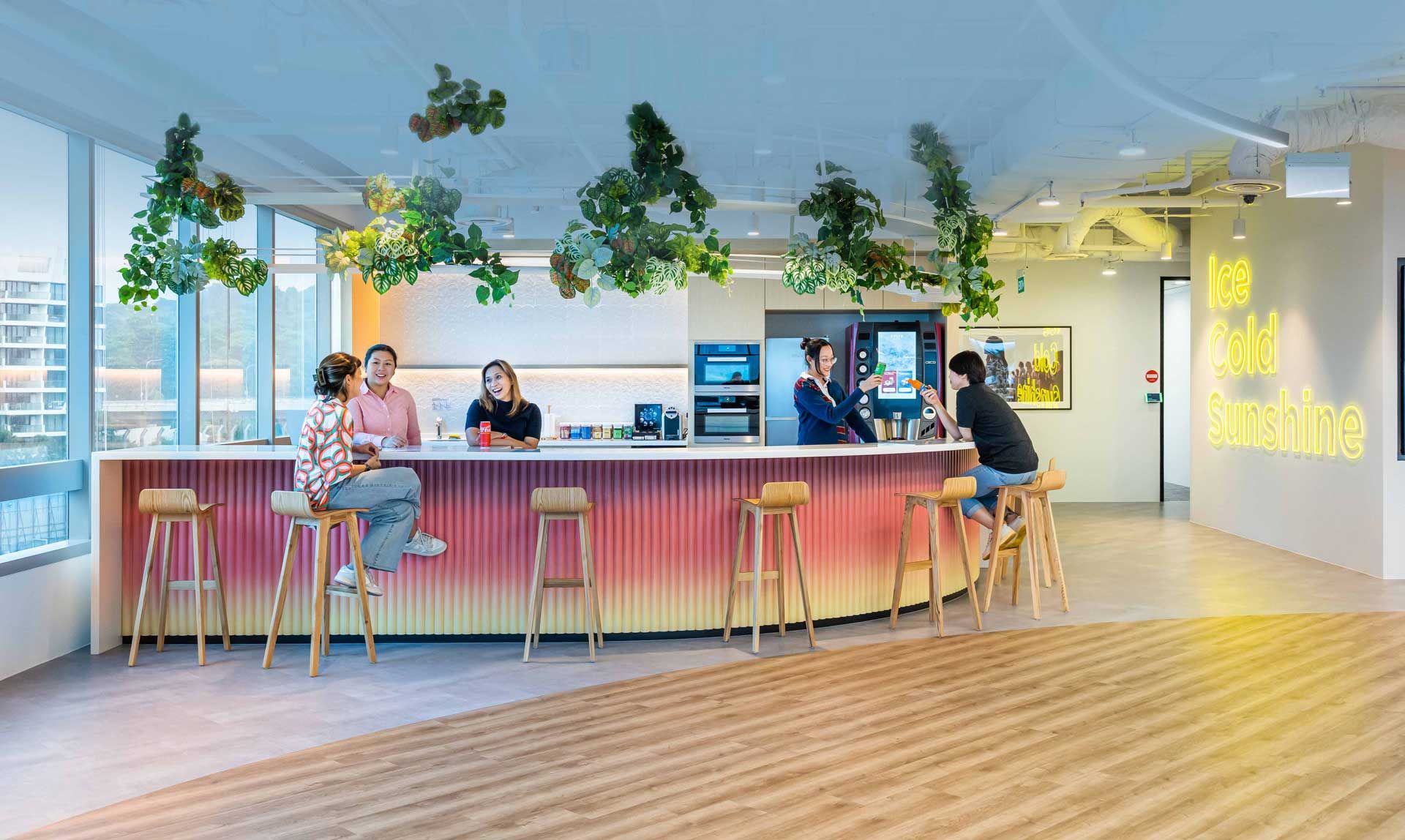
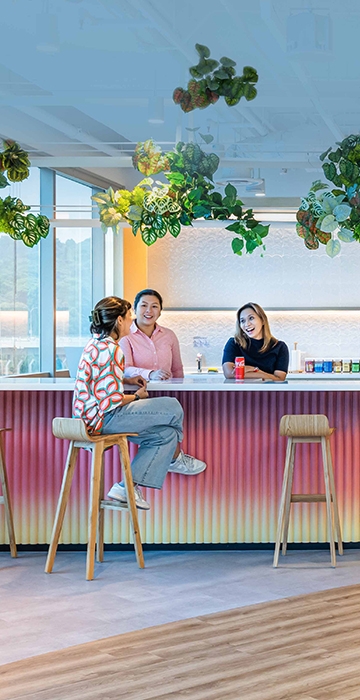
Building flourishing communities
Brand, culture & collaboration
William Grant & Sons, Singapore
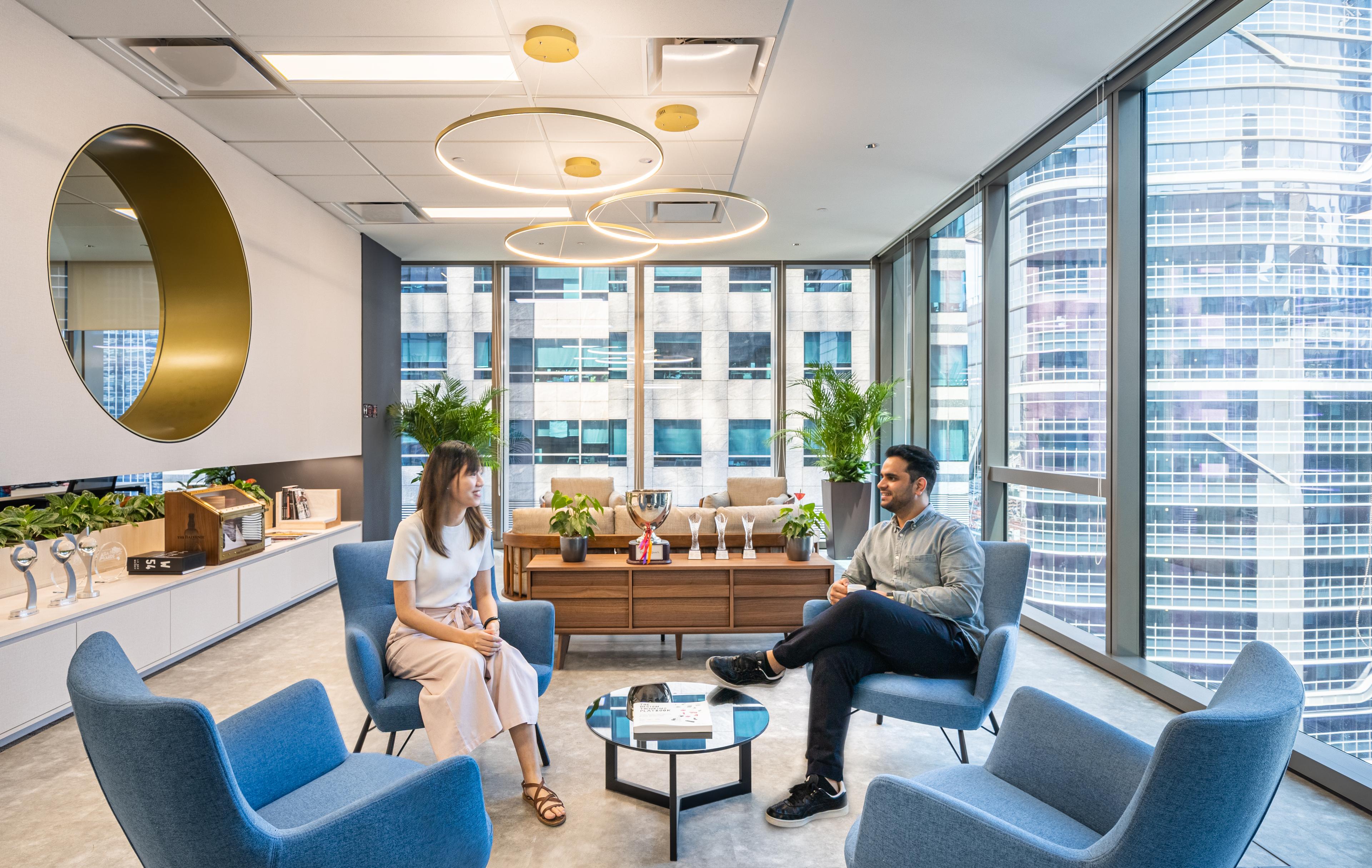
Living the brand
L'Oréal, Shanghai
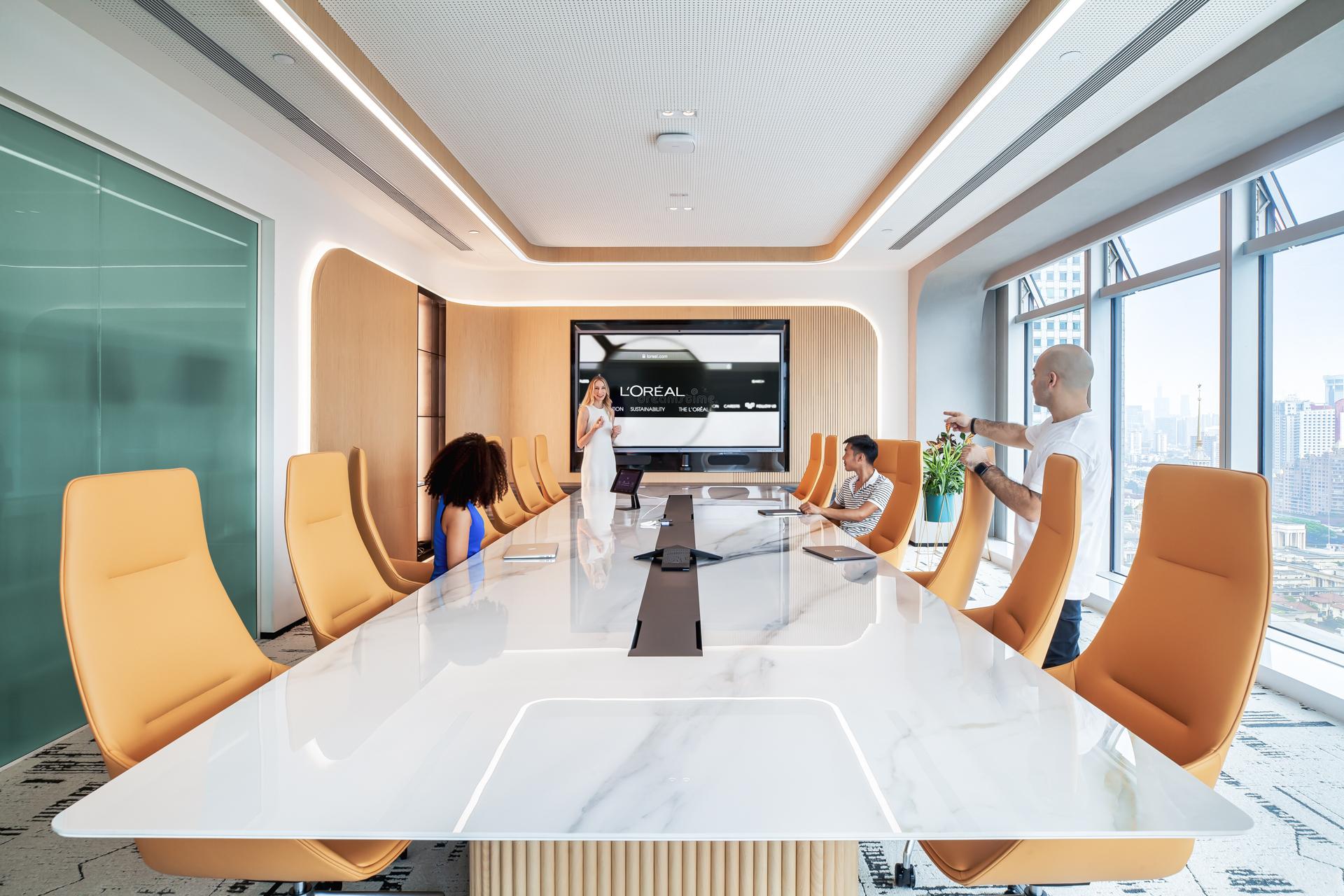
A talent-focused workplace
Gartner, India
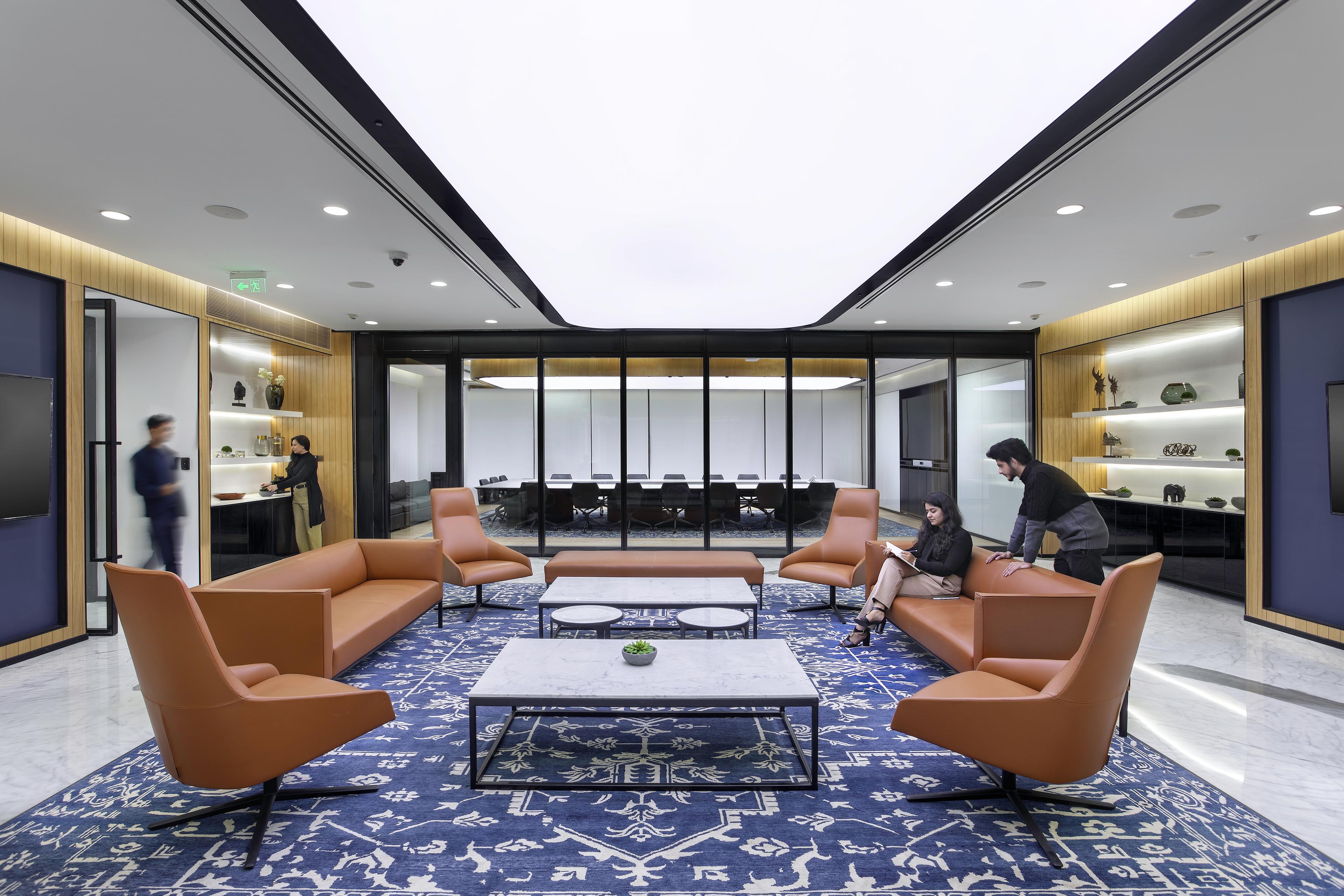
The power of putting people first
BCG, India
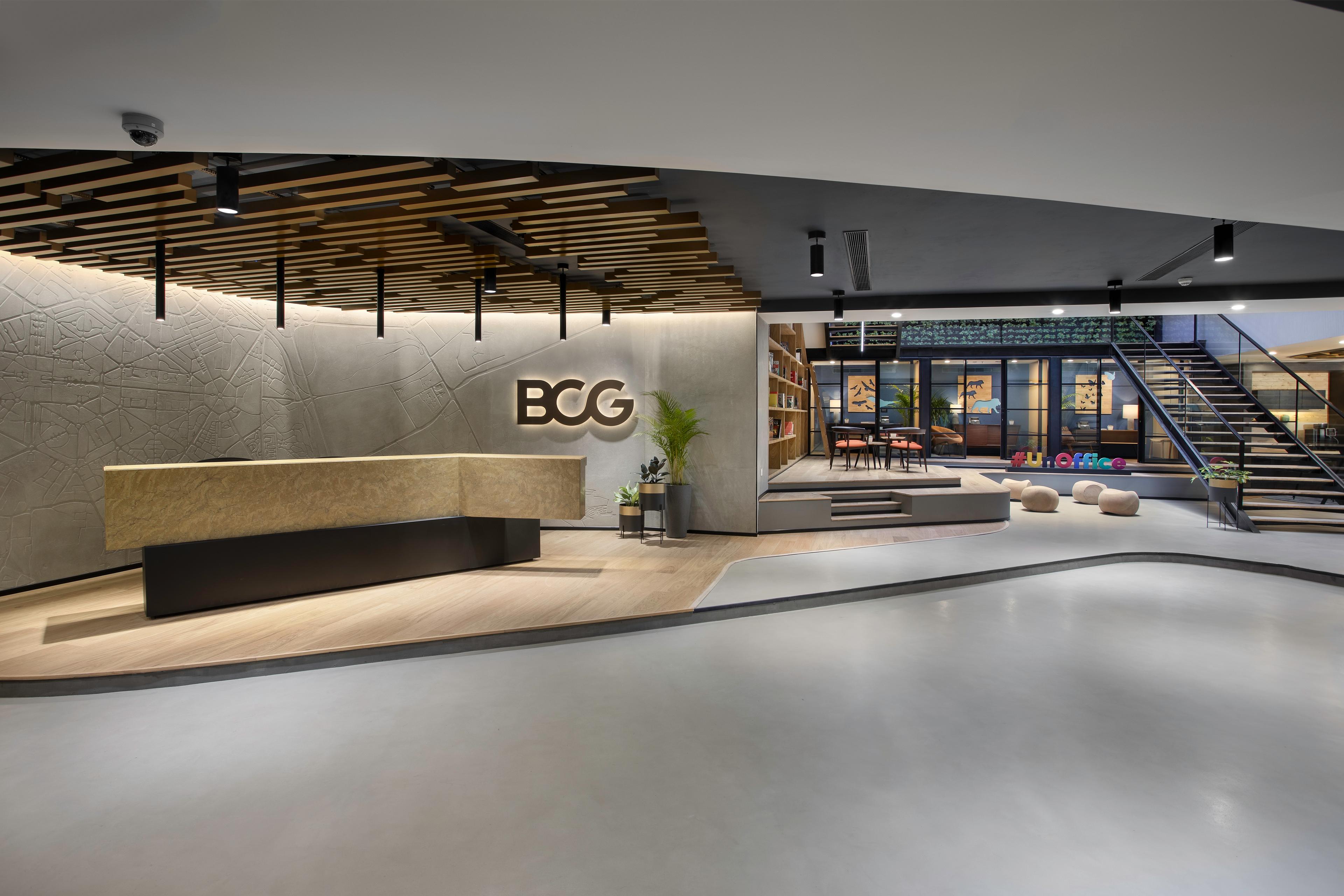
Regions
> Gurgaon
> Bangalore
> Mumbai
> Pune
> Chennai
> Hyderabad
> Singapore
> Shanghai
> Shenzen
Challenges
> Employee wellness and wellbeing
> Employer branding
> Talent attraction and retention
> Workplace culture
> Technology enablement
> Collaboration
> Getting people back
> RE/Space optimisation
> Productivity and efficiency
> Sustainability
Industry
> Software/Technology
> IT Services/Consulting
> BFSI
> Healthcare
> Retail/Consumer Experience
> Manufacturing
> Real Estate
> Hospitality
> Legal
Services
> Interior Design
> Design & Build







